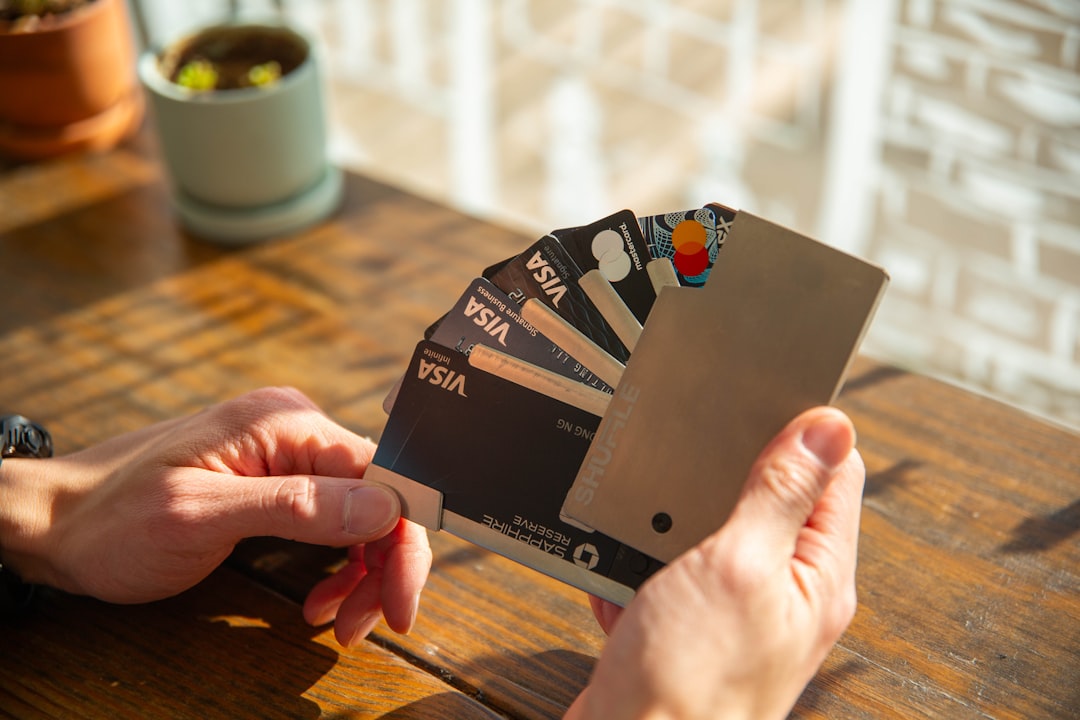Popups have come a long way. Once annoying little boxes that screamed “Buy now!”, they’ve now dressed up in fun colors and exciting games. These are called gamified popups. You’ve probably spun a wheel to win a discount or clicked a treasure chest on a website. They’re fun—no doubt. But marketers need to be careful. Ethics matter, even in play.
What Exactly Are Gamified Popups?
Gamified popups are those little interactive windows that appear while you’re shopping online. Instead of just saying “Get 10% off,” they let you do something fun—like:
- Spin a wheel
- Pick a digital scratch card
- Choose a mystery box
These popups make getting a discount feel exciting. It turns shopping into a game! Sounds amazing, right? But there’s a fine line between fun and manipulation.
Why Shops Use Gamified Popups
Let’s be real. These popups boost sales. And they do it fast. Here’s how:
- More engagement: People love games. Even a tiny one can catch attention.
- Better conversion: When people play, they’re more likely to buy—especially if they “win” a deal.
- Bigger email lists: Many of these popups ask for your email before you play.
That’s a win for businesses. But what’s the catch?
When Things Get Tricky
Not all fun is fair. Sometimes, these popups trick people without them realizing it. Here are a few red flags:
- False chances: If every person “wins” 10% off, is it really a game?
- Hidden disclaimers: Some discounts only apply to big purchases, but that’s only shown in tiny print.
- Pressure tactics: A countdown clock after spinning the wheel can push people to buy too fast.
This is where ethics come in.
What Are Ethical Guardrails?
Think of ethical guardrails as rules for doing the right thing while still having fun. You don’t need to trick your customers to sell stuff! You just need honesty, clarity, and respect. Here’s how to build those guardrails.
1. Keep It Transparent
Tell folks what they’re getting. Don’t hide the terms. If they have to spend $50 to use their discount, say it. Right there. On the popup.
Example: “Spin the wheel for 10–25% off! Minimum purchase may apply.”
2. Make Every Outcome Real
If your popup has five prizes, don’t set it up so everyone only ever gets the smallest one. That’s not a fair game—it’s fake. Instead, use actual randomization or state upfront that it’s a promo with fixed results.
3. Let People Opt Out Easily
Some popups trap users. No close button. No “No thanks.” That’s a big no-no. Always give people an easy way out.
4. Avoid Dark Patterns
Dark patterns are sneaky design tricks that force users to do things they don’t really want to do—like clicking “Claim Prize” instead of “Continue Shopping.” Don’t do that. Respect your customers.

It’s Not About Perfection
Running ethical gamified popups isn’t about being perfect. It’s about being thoughtful. Put yourself in your customer’s shoes. Would you feel excited and respected playing your game? Or would you feel tricked afterwards?
When customers feel respected, they trust you more. Trust leads to loyalty—and that’s the real win.
Let’s Talk About Data
Most gamified popups ask for an email. Some even ask for a phone number. That’s fine—but only if you’re clear about what you’ll do with it.
Here’s How to Be Data-Friendly:
- Explain what you’ll send: “Sign up to get weekly deals and tips.”
- Never auto-check the “signup for emails” box. Let users choose.
- Offer a one-click unsubscribe on your emails.
People like deals. But they also like privacy. Respect that balance.
Examples of Ethical Gamified Popups
Let’s look at some good examples that follow the rules.
1. The Honest Spinner
This site lets you spin a wheel for a chance at discounts. All the outcomes are real, and it tells you each prize’s odds before you play.
2. The Transparent Scratch Card
Before playing, you see a message: “Scratch to reveal your unique discount. Must be used on orders over $40.” Fair, simple, and clear.
3. No-Pressure Chest
Click a treasure chest to win a code. A banner says: “No rush! Your code is valid for 48 hours.” That gives you time to decide—without being pushed.

What to Watch Out for
Some gamified popups have gone too far. Here’s what not to do:
- Fake timers: If the deals don’t really expire, don’t say they do.
- Forced consents: Don’t make signing up for a newsletter the only way to play.
- Confusing language: Don’t hide your terms in legal talk no one understands.
Bad popups can leave a bad impression. And it only takes one shady game to send a loyal customer running.
Tips for Ethical Fun
If you’re planning to use gamified popups, here are some quick tips to do it the right way:
- Be real: Make sure people can actually win different prizes.
- Be fair: Don’t punish people for not signing up.
- Be clear: Spell out the rules in plain language.
- Be respectful: Don’t nag users with multiple popups every visit.
Conclusion: Good Vibes Only
Gamified popups aren’t going anywhere. They’re fun, clever, and help stores grow faster than ever. But they also carry power. And with power comes—you know—responsibility.
When done right, they brighten a shopping trip. When done wrong, they feel like a trick.
Ethical guardrails keep that fun from turning sneaky. They’re your map for making sure your mini-game is a joy—not a trap.
So, go ahead—let your customers spin the wheel, scratch the card, or pick the box. Just be sure it’s fair, clear, and always respectful.



